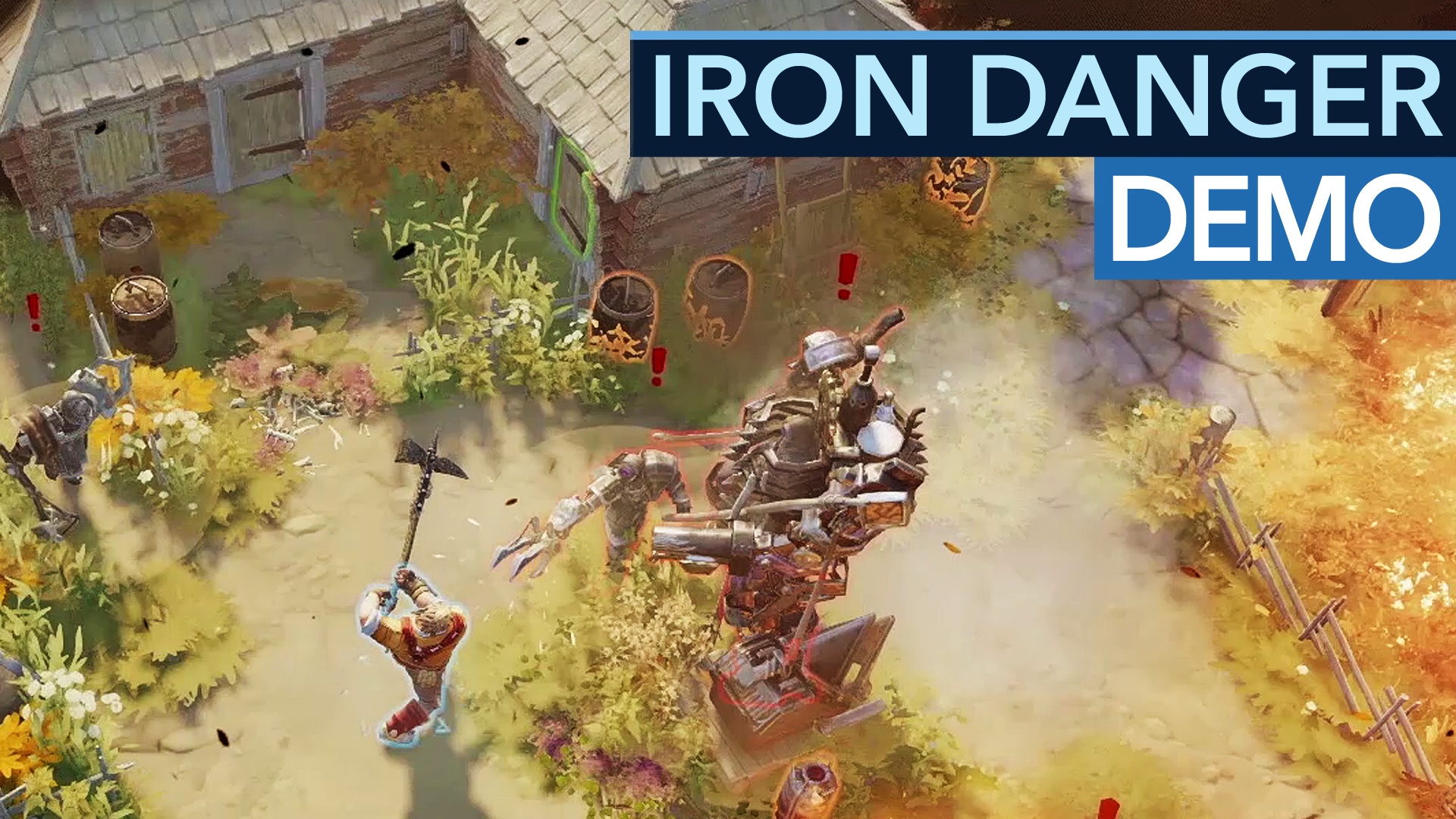

If there’s one area where Iron Danger really stands out, it’s the battle mechanics. Wait, is Topi carrying a door with him through the forest? It also allows you to choose upgrades for your characters in battle! The music and sound design contribute immensely to this flow and provide some immersion as you fight, explore, and transition between chapters. The beginning entries offer a map and some thoughts about the current situation, and the end of chapter entries detail how battle went: the number of times you died, the number of enemies defeated, and further stats. The action is broken up into chapters, punctuated by Kipuna’s journal entries at the beginning and end. After the initial venture to see the Healer and talk to Antheor in Kalevala, the bulk of the game involves going to these sites, fighting battles, finding the corresponding Shard, and the Healer walking you through its use in a vision. The Shards exist at six locations that correspond with ruins from a past civilization that each represent aspects of the Aurolith, so there is no shortage of destinations. Fortunately, your time in town is extremely limited because this is a game primarily about venturing out and exploring. Just more confusion over what I should be focusing on while I was there. The bustling town feels a bit cluttered and difficult to navigate because many structures look similar and, surprisingly, there’s not a lot to interact with! I ventured to a few different shops and sites that almost seemed like you should be able to buy things, but no such luck. The absolute strangest thing to see in this world is Kalevala itself. You’re off and set for the rest of the game, though the nature of the Shards and what to do with them becomes more nuanced. The Kalevalen leadership makes it perfectly clear that finding the rest of the Shards is a good idea as far as they’re concerned.

Topi also accompanies her to the city to warn the leaders of the impending invasion. Kipuna happens upon a warrior named Topi from said capital, Kalevala, who takes her to a mysterious Healer that helps Kipuna understand her newfound Aurolith power. Honestly, it’s a solid frame, and even though it’s standard quest fare, I did end up appreciating the structure. There’s no Aurolith Spirit in the written Kalevala, obviously, but it serves as a device to explain the game’s most interesting mechanic-bending time heartbeat by heartbeat in battle-and gives Kipuna a reason to travel the world seeking to reunite the Aurolith Shards. It saved her life in the escape to her boat, Fireweed, and since there’s nothing left for her at home, it’s time to set sail to warn the capital and hopefully find a way to address her magical gift wound. In the chaos, she was pierced with a Shard of the Aurolith Spirit that allows her to manipulate small pockets of time. In Iron Danger, you play as Kipuna, a stout-hearted young woman whose village was destroyed by the Northlanders. Also because it was suitably epic and a fun way to capture the experience of playing the game. Why this little fit of poetry, you ask? Well, mainly because Iron Danger is based on a collection of Finnish oral-sagas-turned-poetry called the Kalevala. Securing past and future from the iron threat Stalwart allies at attention until they’re notįlow time backward to bring them forth againĪ new path to halt the Northland’s advance Time strikes you not, though you sense its sting


 0 kommentar(er)
0 kommentar(er)
